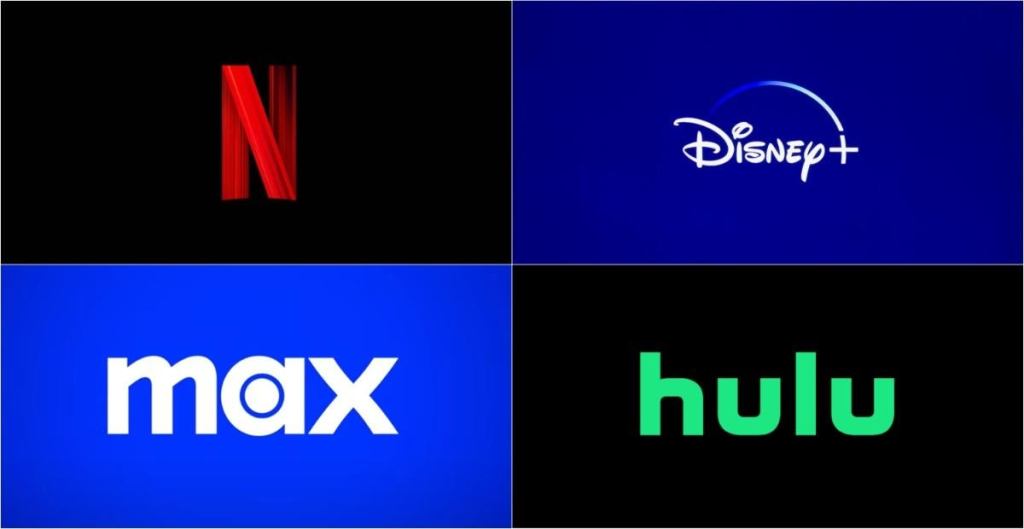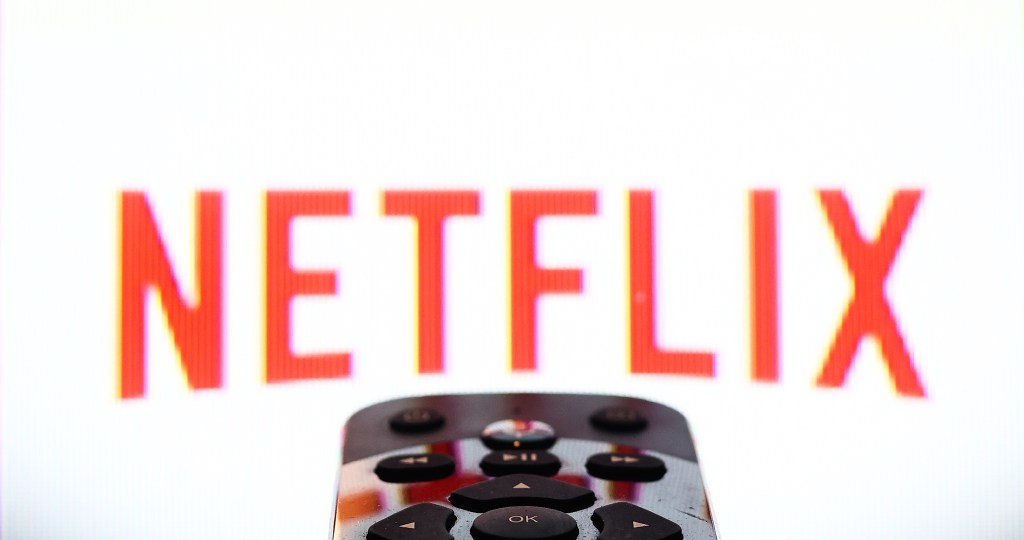This is crazy. The pandemic swept in and changed the entire landscape of television culture, in ways that are all too apparent now. Every studio and/or media company pushed their respective chips into the pile, betting on streaming being the new frontier. Studios’ licensed content was snatched back en masse or re-negotiated at new exorbitant prices to be available on third-party streaming platforms like Netflix. It seemed that “The Streaming Wars” were upon us, and viewers were left scrabbling, trying to juggle all the subscriptions needed to watch the most acclaimed and buzz-about shows. And it’s gotten old.
Videos by ComicBook.com
First of all, the process of trying to sift through and juggle all of the streaming services (and which pieces of content belong to which) is a tangled web that most consumers have never tied themselves into. And whether or not you master the strategy of collecting streamers like Infinity Stones – on a budget you can manage – it doesn’t solve the other major problem of the current streaming platform model: keep all the release dates, return dates renewals, and cancellations all in order.
There is currently too much content spread across too many platforms, and for the casual viewer, it’s too much to keep straight. The most common two questions of the Streaming Wars era for casual TV watchers looking for content are, “Where do I watch that?” or (more often than not) “Is it on ____?” (Insert name of streaming service they already subscribe to.) It’s even harder for most viewers to keep straight when they need to check back into a service for new seasons of their favorite shows.
[RELATED: Squid Game Season 3 Teases Some Dark Twists]
The pandemic and the Hollywood Strikes of 2023 have been the final elements in a perfect storm of disruption to the TV culture. By totally up-ending the production timelines for most major TV series, the pandemic and strikes have made it all but impossible to keep up with even some of the most acclaimed series out there. Gaps of two or three years between streaming services shows have become the new normal, while also being a crippling blow to streaming services which really on a handful of high-profile original shows to both draw in new subscribers and keep current subscribers locked in. With big stretches between the shows people subscribed to see, and limited libraries of content to offer in the meantime, many streaming services have seen subscribers coming (and then going) with each big seasonal release of a show. –
This is the new normal for TV viewing, but it’s a normal that many viewers do not enjoy. Overall, this current model of streaming is a poison pill to whatever remains of traditional “water cooler” television culture – and that needs to be fixed.
How to Fix Streaming TV Culture

First of all, the market has already kind of dictated one way that this problem is going to be solved: the individual streaming services failing to achieve sustainable models. Streamers have been notorious for keeping their profit earnings under wraps while downplaying concerns about sustainability. However, marketing tells the real tale, and in the last year, the story from streamers has been one of herding up for survival, rather than risking going it alone.
Streaming bundles are now the business model of the day – offers where multiple streaming services are “bundled” together and offered at a fraction of the price of buying them individually. Disney has led that charge, offering consumers a full rundown of a la carte or bundled streaming platform packages that can include Disney+, Hulu, Max, or ESPN+. Other entertainment/web companies (Apple, Comcast, Verizon) offer their own bundles for services like Apple TV+, Peacock, Amazon Prime Video, and others. Make no mistake: bundling is a clear sign of the streaming TV industry having to reconfigure in ways that help bring viewers back into the same shared spaces of content consumption. It’s a necessary corrective step: the a la carte model of streaming services spreads things too far and wide; bundles at least make the world of streaming content a bit smaller and more manageable.
The other fix that the TV industry needs (and studios will be less happy about) is to eventually let the Netflix model reign supreme, unchallenged. For all the “innovations” that have come with “new” streaming services, most TV consumers still subscribe to Netflix above all others, and it’s not even a close contest. Netflix’s model (making original shows and both blockbuster and mid-budget movies – plus licensing all kinds of TV and movie content from all of the other various studios for limited runs on the platform – has both created and proven that a streaming platform can not only become the cultural epicenter of TV culture but redefine that culture entirely. Netflix has crossed a rubicon wherein there is now timeless potential for content to be a hit (or “to trend” as we now say). Older TV shows (Suits, Friends, Seinfeld, NCIS, CSI, etc.) become hits all over again (or never really fade from relevance) as younger generations discover them on Netflix; the same goes for films that once flopped at the box office, or didn’t get that much cultural traction when they were initially released. Actors and directors are getting new career boosts and opportunities based on rediscovered works that floated to the top of the algorithm.

Netflix retains its crown largely because the service has smartly leaned into its best qualities: the ease of using it and the total removal of any detective work. Netflix opened big doors by building algorithm data into its user menu. Features like “Trending” content, personalized recommendations, and statistical matching take the guess work out of finding content that satisfies viewers or creating “water cooler” content that everyone watches en mass at the same time. It’s a ‘best of both worlds’ situation that Netflix has stumbled upon, and by all indications, it’s the format of streaming entertainment that most consumers overwhelmingly prefer. And Netflix knows it because the latest hike in price (upwards of $25 a month) is a flex that can only be made with a certain level of confidence in your brand. And it will work.
So, while every studio once hoped to make a stack of dollars from streaming, the scale of that dream needs to come way down. There’s only so much room left on this boat.








